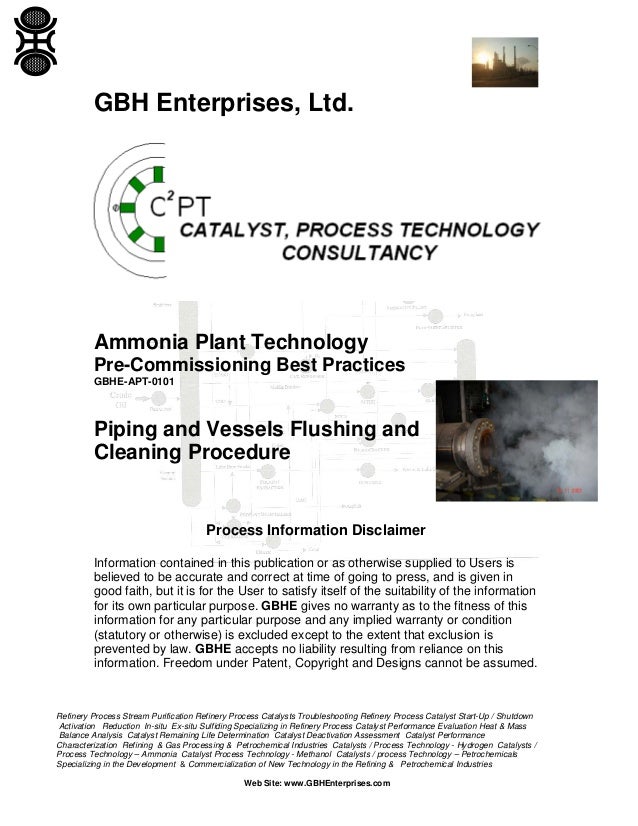Ammonia Piping Installation Methodology
Posted : adminOn 3/8/2018
Safety Alert From: Ref No Date: on Ammonia Systems Distribution: Work Place notice boards together with discussion at your next company safety meeting. A recent occurrence has highlighted the need to remind all technical and site management staff of the potential dangers of carrying out on a vessel or on pipe work that has previously contained ammonia.
A very small ammonia explosion inside a pipe happened on an industrial contract installation where we are modifying an existing ammonia system. The explosion blew out the molten weld pool as a welder was carrying out a weld while fitting a new level column to an existing vessel. Although no one was hurt there is a potential for harm to personnel and equipment in similar situations. What is the danger? 945gz Micro 775 Se Drivers Windows 7. Ammonia is explosive at concentrations between 15 and 30% by volume in air.

DX AMMONIA PIPING HANDBOOK – 3rd EDITION. This Piping Handbook is intended to guide the reader through the process of. Proper piping, installation. Design of Ammonia Refrigeration Systems for Peak Performance and Efficiency. Homework Review Refrigerant Piping –Todd Jekel (low-side). Improved Chilled Water Piping Distribution Methodology. Which doubles the total piping installation. Improved Chilled Water Piping Distribution Methodology for.
Although this is a very high concentration in terms of the maximum ammonia concentration people could stay in (200 ppm or 0. Id Works Datacard Serial Number Cracks. 0002%) it is possible to reach the lower explosive limit if the system is enclosed and ammonia liquid is continuing to boil off from a pool in a vessel or piping, vaporise from oil in the bottom of a vessel or leak into the section from a live pipe though passing valves. Please remember that, due to the high latent heat, it is five times more difficult to boil off liquid ammonia than most other refrigerants.
This means that ammonia liquid can remain in the bottom of a vessel or pipe (particularly if it is insulated) even after repeated pumping down to very low pressures. It is difficult to ignite ammonia and then it burns slowly relative to hydrocarbons and “popping” of air / ammonia mixtures during is not unknown but it is essential that we manage the risk. How can we prevent this? Ignition can be prevented by ensuring the ammonia concentration near the cannot reach anywhere near the lower explosive limit as the is being carried out. This will require good forced ventilation of the vessel or pipe to be modified. What can I do now? Until new guidance is issued a and method statement must be prepared for on any pipe or vessel that has previously contained ammonia.